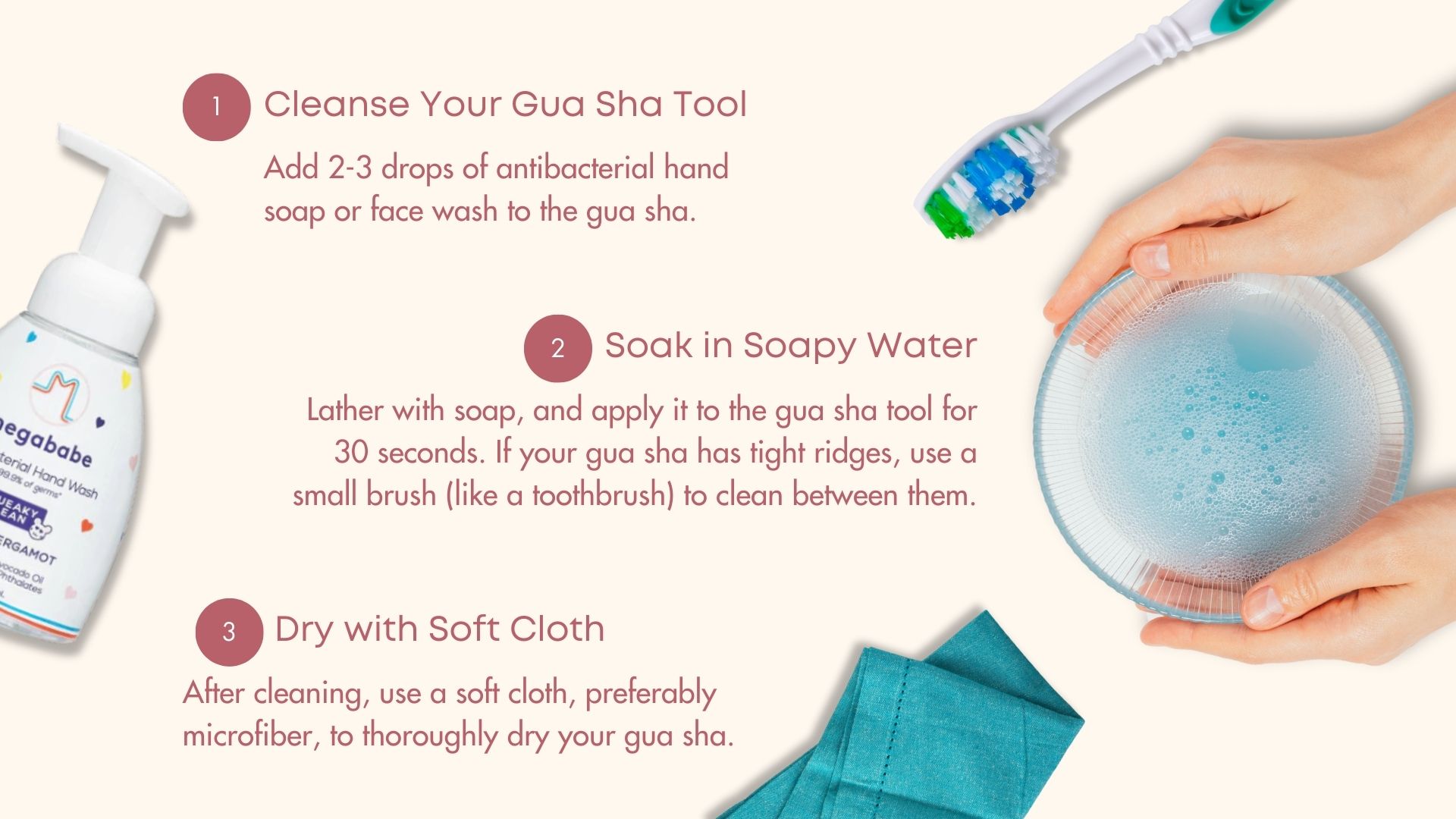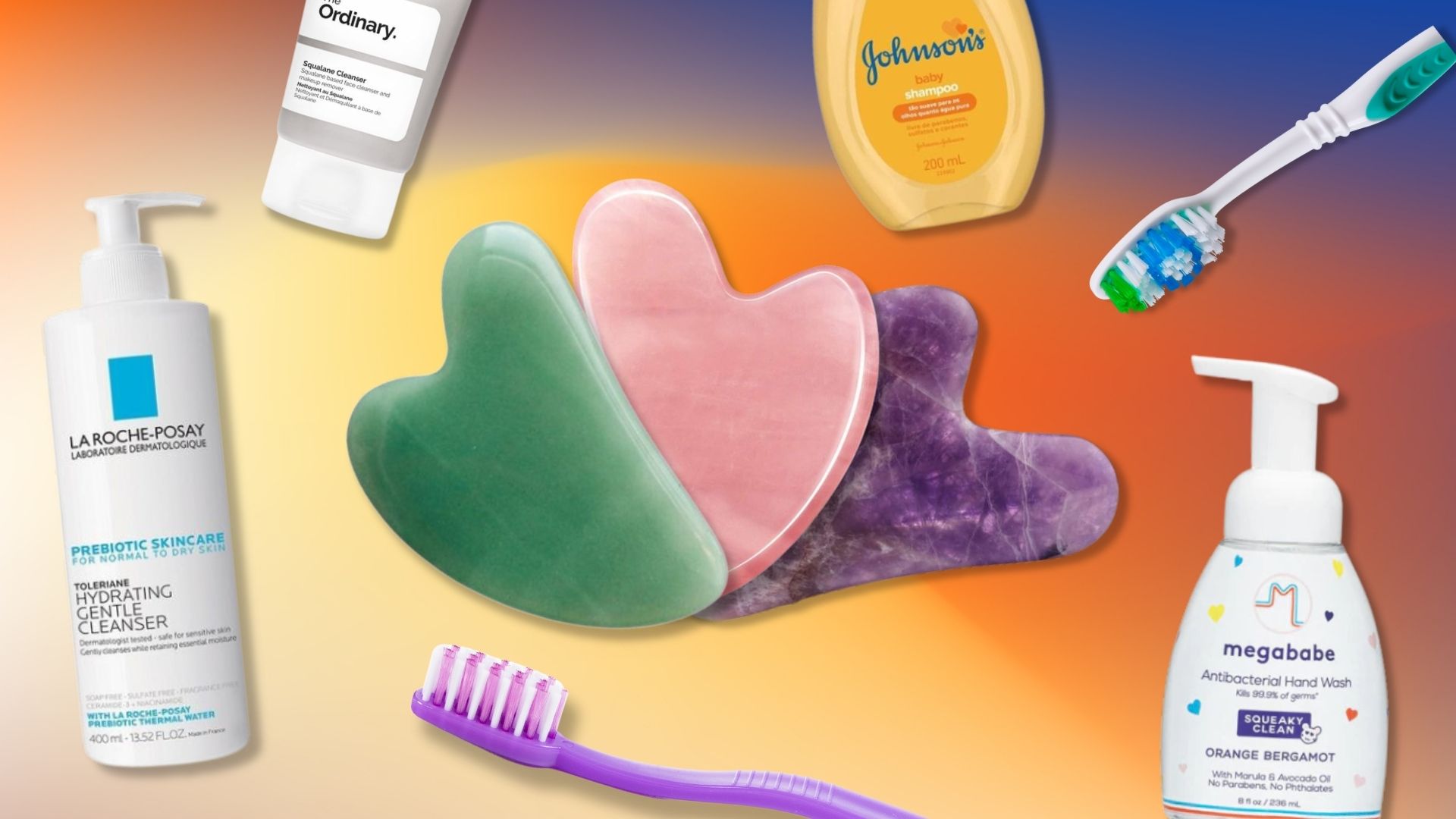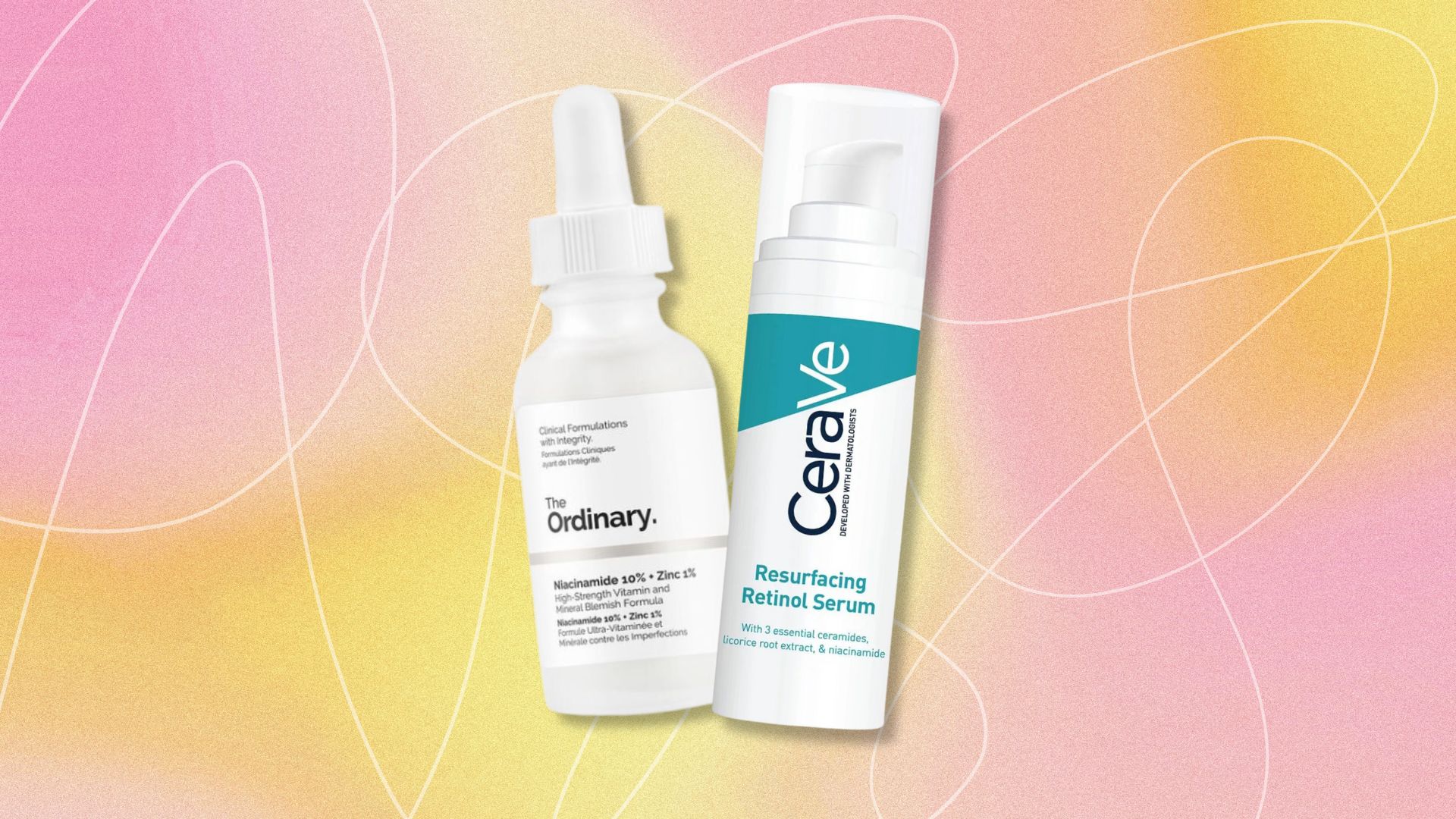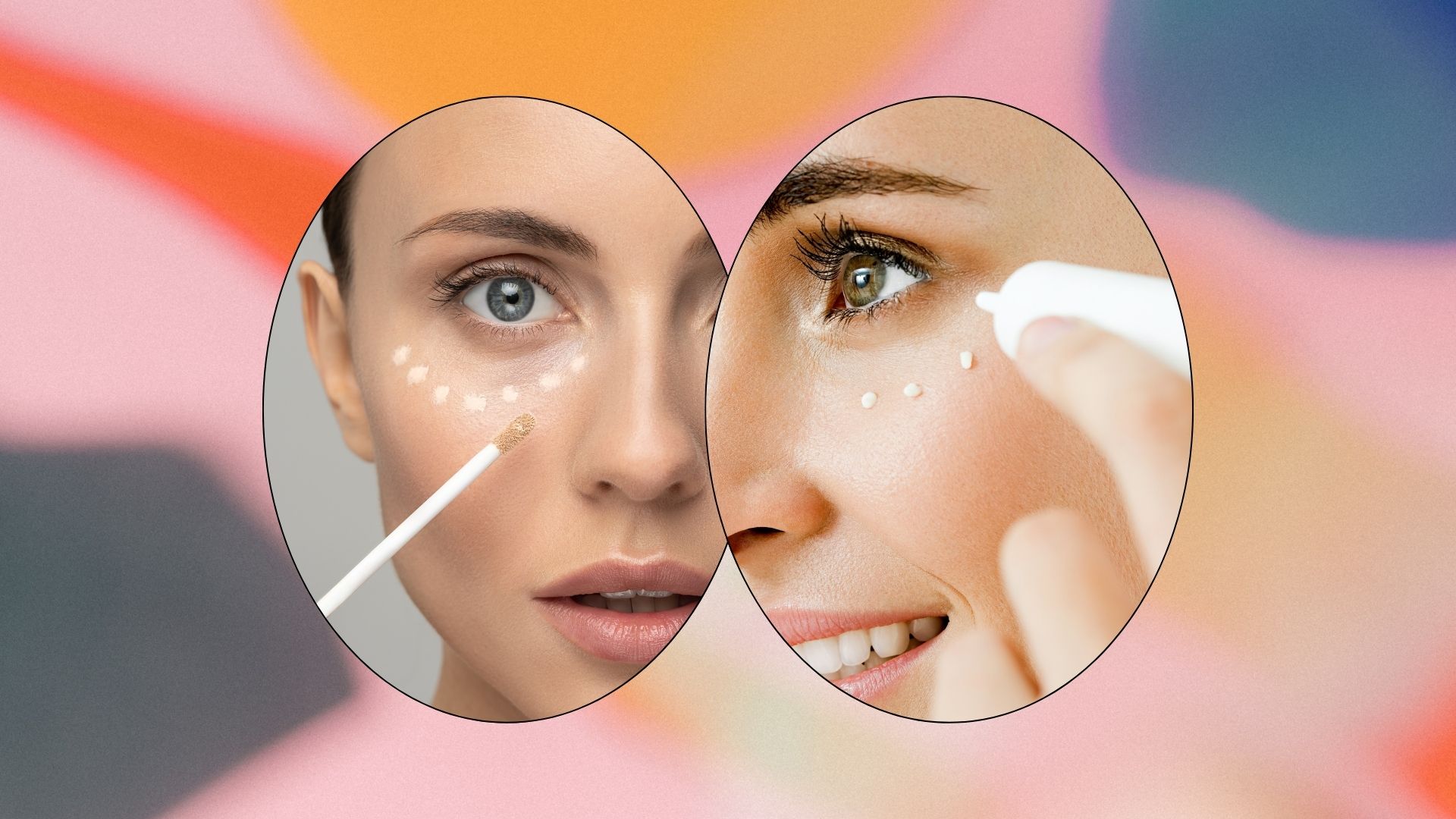Keeping your gua sha tool clean is incredibly important, not just for the sake of hygiene but also to ensure its effectiveness in your skincare routine. Given its direct contact with your skin, the tool collects oils, dead skin cells, and product residue over time. Regular cleaning is essential to prevent bacteria buildup and maintain the tool’s integrity, ensuring that each glide across your skin is as beneficial as the first.
On the topic of how to clean a gua sha properly, it’s simpler than you might think, requiring only a few household items and a couple of minutes of your time. The process keeps your tool in top condition and safeguards your skin against potential irritants. In the following sections, we’ll walk you through the easy steps to clean your gua sha, helping you seamlessly incorporate this practice into your skincare routine.
Step 1: Gather Your Supplies
Before you start the cleaning process, make sure you have everything you need close at hand. You’ll require some gentle soap, preferably one that’s free from harsh chemicals and fragrances, to avoid damaging the gua sha. Warm water is essential for rinsing and helping dissolve any oils or buildup on the tool’s surface. Have a soft cloth and a dry towel ready for wiping and drying after washing. These simple items are likely already in your home, making it easy to maintain your gua sha’s cleanliness without needing specialized products.

Step 2: Rinse with Warm Water
Start the cleaning process by holding your gua sha under warm running water. This initial rinse helps to loosen and remove any surface debris, oils, or remnants of skincare products that have accumulated on the tool. Ensure the water isn’t too hot, as extreme temperatures could potentially damage the tool, especially if it’s made from delicate materials like jade or quartz.
Step 3: Apply Gentle Soap
After the initial rinse, apply a small amount of gentle soap to the surface of the gua sha. Using your fingers, carefully work the soap across the tool, paying extra attention to any grooves or edges where oil and product residue tend to accumulate. The goal is to clean the tool without being abrasive, so avoid using harsh scrubbing motions that could scratch or damage the tool.
Step 4: Rinse Again
Once you’ve thoroughly soaped the gua sha, rinse it under warm water again. This step is crucial to ensure that all soap residue is washed away. Soap left on it could potentially irritate your skin during the next use. Make sure the water flows over all surfaces of the tool, removing any bubbles or soap film.
Step 5: Dry Thoroughly
After rinsing, take a clean, soft towel and gently pat the gua sha dry. It’s important to dry it completely to prevent any water spots or bacterial growth that could occur if the tool is stored while damp. Avoid rubbing harshly to dry; a gentle patting motion is sufficient to protect the integrity of the gua sha. Once dry, your gua sha tool is ready to be stored safely until its next use.
Step 6 (optional): Disinfect When Necessary
Occasionally, your gua sha may need more than just a soap and water clean, especially if you’ve been using it frequently or if it’s been exposed to an environment that could introduce more bacteria. In such cases, using a mild disinfectant solution can be beneficial. Opt for a gentle, non-abrasive disinfectant that’s safe for the type of material your gua sha is made from. Apply the disinfectant sparingly to the tool, ensuring it’s evenly covered but not soaked.
After a short while, rinse the tool thoroughly under warm water to remove any disinfectant residue, then dry it with a soft towel as previously described. This extra step ensures your gua sha remains hygienic and safe for continuous use on your skin.
FAQ
What should I avoid when cleaning my skincare tools?
When cleaning skincare tools, especially those made from delicate materials like natural stones, it’s crucial to avoid harsh chemicals, abrasive scrubbers, or excessively hot water. Such methods can damage the integrity of the tool, causing wear over time or immediate harm like cracks or chips. Harsh chemicals might also leave a residue that could irritate your skin. Gentle handling is key to maintaining the tool’s condition and ensuring it remains safe for your skin.
How should I store my skincare tools after cleaning?
Proper storage is as important as cleaning itself. After ensuring your skincare tool is completely dry, storing it in a clean, dry place helps prevent any bacterial growth or accumulation of dust and debris. A soft pouch is ideal for protecting the tool from physical damage and environmental contaminants. Additionally, keeping it in a location with low humidity is important, especially for natural stone tools, to prevent any potential deterioration or mold growth.
Can I use the same cleaning solution for my skincare tools as I use for my face?
While it might seem convenient to use your facial cleanser to clean your skincare tools, it’s not always the most effective choice. Facial cleansers are formulated to remove dirt and oil from skin, not to disinfect or thoroughly cleanse tools like a gua sha stone. For these tools, a mild soap that can break down oils and effectively remove bacteria without leaving residue is recommended.
Published by Malcolm Trapp








